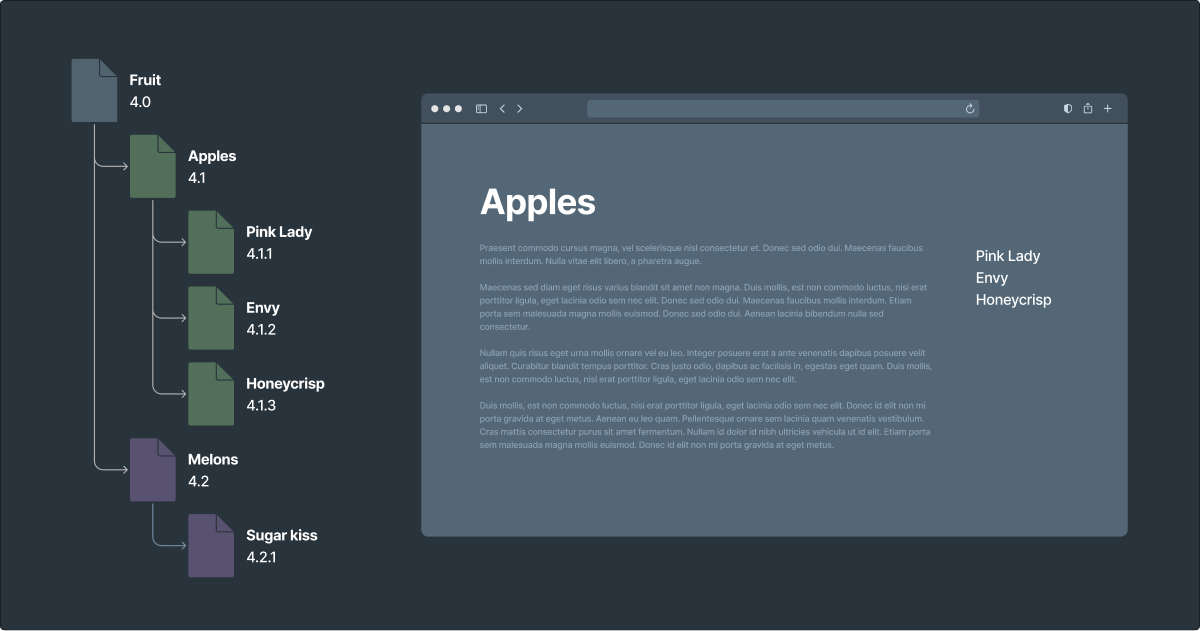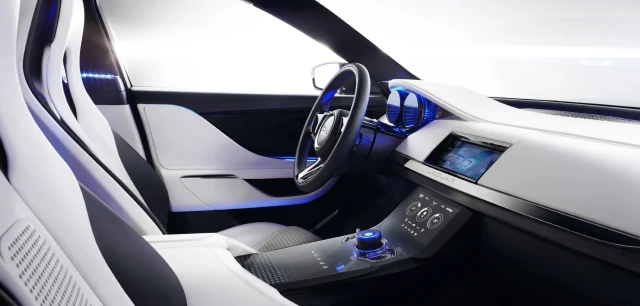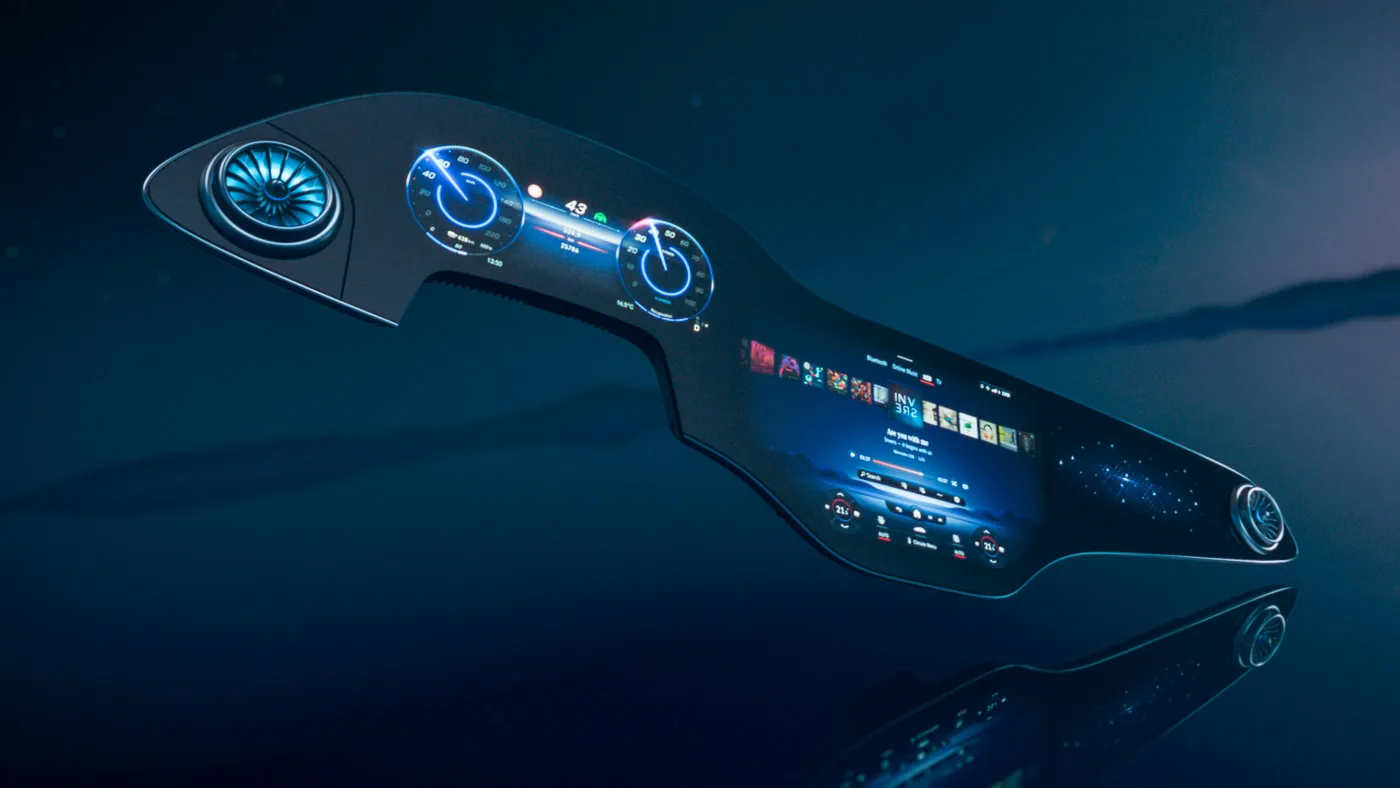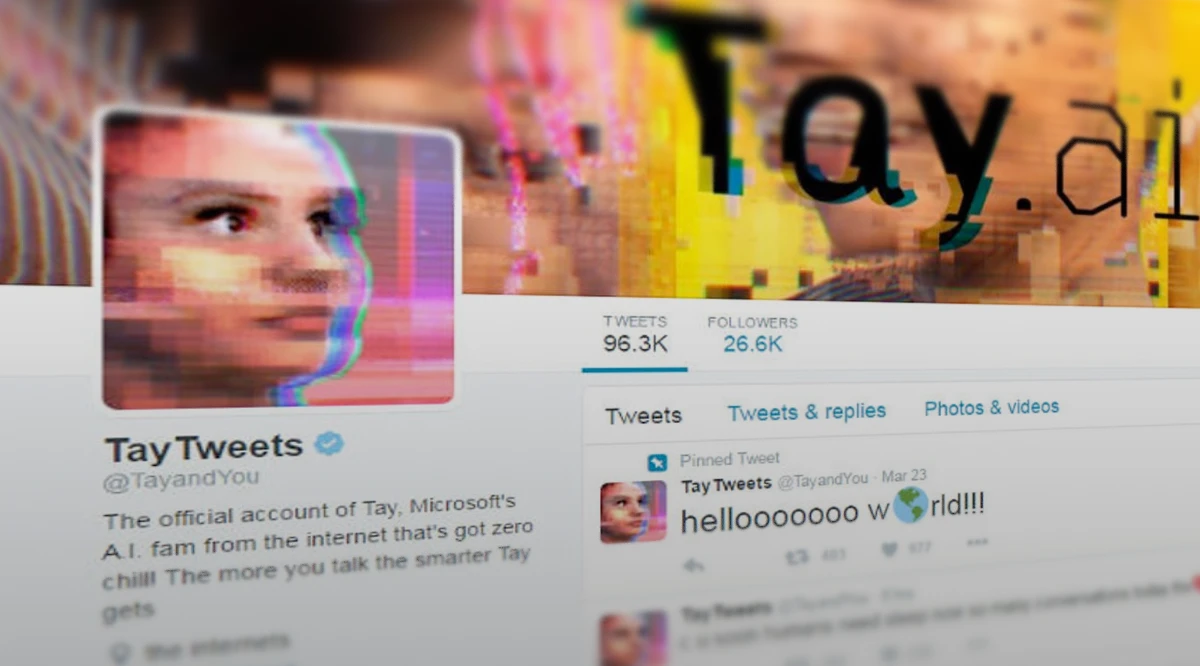Three UX Laws That Optimize Information Seeking

The fundamental purpose of information architecture is to enable efficient information retrieval. We accomplish this with meaningful information structure and intuitive labels. And we bring them together with sensible navigation design.
Read more…

